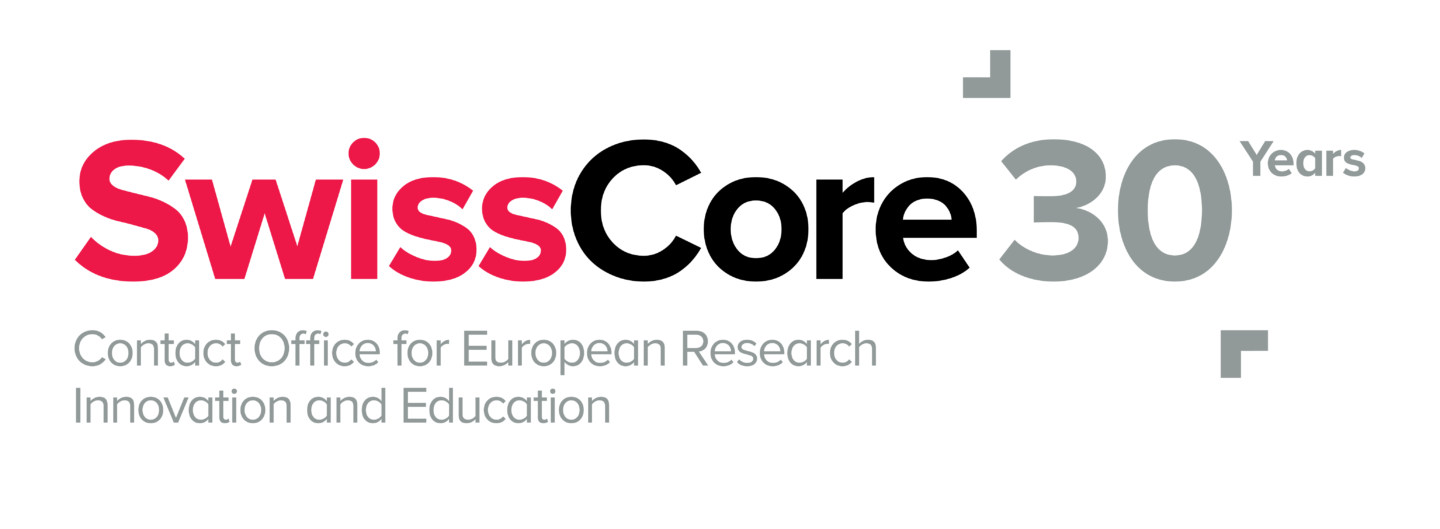The future of energy lies in renewable hydrogen: The Commission and key stakeholders sign the Joint Declaration on Hydrogen Valleys.
On 01 March 2023, the European Commission (EC) and key stakeholders of the hydrogen industry signed the Joint Declaration on Hydrogen Valleys to increase the competitiveness of the European Union’s renewable hydrogen industry. Building on the EU’s ambitious plans to become the first climate-neutral continent by 2050, the Joint Declaration commits to step-up and accelerate joint action in research, development, demonstration, and deployment of Hydrogen Valleys. This is in line with the EU Hydrogen Strategy and aims to fulfil the goals of the REPowerEU Plan (see SwissCore article), as well as the objectives laid down in the Green Deal Industrial Plan (see SwissCore article).
Hydrogen Valleys create integrated ecosystems that cover substantial parts of the hydrogen value chain in a defined geographic area. Essentially, they bring together production and demand by concentrating most of the elements of hydrogen production, storage, transportation, and end-use in a single place. Mariya Gabriel, Commissioner for Innovation, Research, Culture, Education and Youth, further highlights that Hydrogen Valleys “can catalyse innovation, create jobs and opportunities while tackling the great energy challenges of our times”.
The joint declaration targets the upscaling of the EU’s hydrogen economy by focusing on Hydrogen Valleys as a key driver of change. In doing so, it sets out to fulfil one of the objectives of the New European Innovation Agenda, which seeks to double the number of Hydrogen Valleys in the EU to 50 by 2025. To achieve this goal, the joint declaration calls for substantial investments in research and innovation (R&I), as well as a joint public and private effort. Therefore, the EC proposes to support and stimulate investments in sustainable hydrogen through a European Hydrogen Bank, which intends to cover and lower the cost gap between renewable hydrogen and fossil fuels. Already, under the REPowerEU Plan, the EC has allocated €200 million to the Clean Hydrogen Joint Undertaking (CHJU) to accelerate the deployment of Hydrogen Valleys in the EU. Furthermore, under Horizon Europe and matched by the same amount from industry and research partners, an additional €1 billion have been allocated to support the CHJU. The declaration hopes to spearhead the development of Hydrogen Valleys, also through the development of regional hydrogen networks and interconnections between Hydrogen Valleys, for example through Important Projects of Common European Interest.
To strengthen the European Skills Agenda, the joint declaration identifies the necessity of working together at all levels to prepare for the scale-up of the EU hydrogen economy workforce. Thus, under ERASMUS+, €4 million have been set aside to select 19 core jobs for the hydrogen industry and define the requirements for their curricula, to develop advanced skills for the hydrogen economy. Additionally, to build a strong basis for a coordinated European effort on promoting and advancing hydrogen skills, the joint declaration refers to the future European Hydrogen Skills Alliance and the Deep Tech Talent Initiative of the European Institute of Innovation and Technology (EIT). Already, the latter is equipping one million people with skills in the deep tech fields over the next three years.
In May 2023, Commissioner Gabriel will present a “Roadmap on Hydrogen Valleys”. The roadmap will reflect the challenges and opportunities faced by the actors of the hydrogen value chain, whose voices will be key in the upcoming drafting process. The joint declaration may therefore be viewed as a strong basis for future collaboration by bringing together key stakeholders and exploring how EU programme synergies can be used in the transition to renewable hydrogen.

